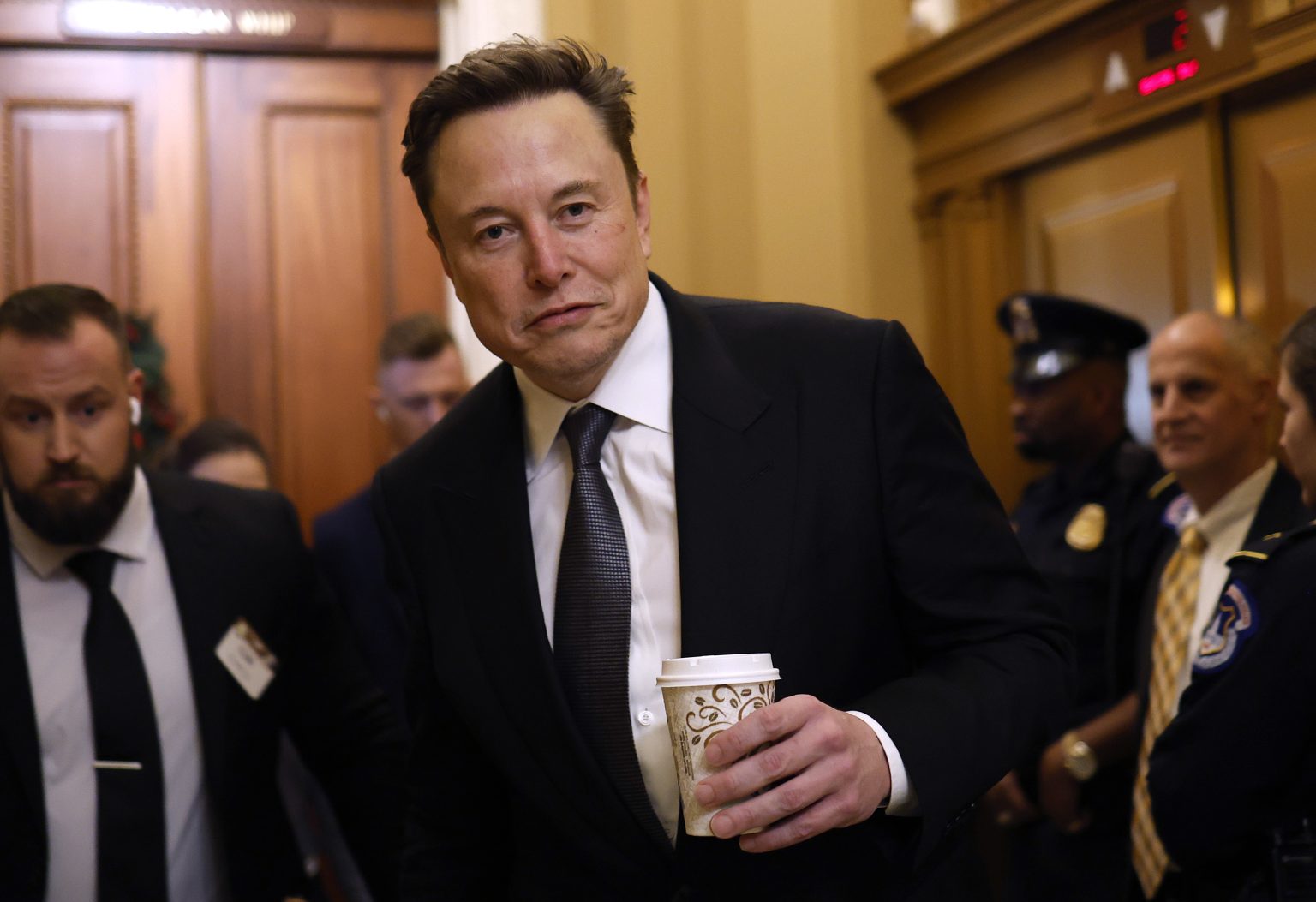Elon Musk, appointed by President-elect Donald Trump to co-lead a Department of Government Efficiency (DOGE) alongside Vivek Ramaswamy, has seemingly softened his ambitious goal of slashing $2 trillion from the federal budget. Initially, Musk asserted he could cut at least $2 trillion, a figure met with skepticism from budget experts. In a recent interview, he revised his stance, stating that while $2 trillion represents the “best-case outcome,” securing $1 trillion in cuts would still be considered a significant achievement. This backtracking suggests a potential acknowledgment of the complexities inherent in drastically reducing federal spending. The initial $2 trillion target represented almost a third of the total annual government spending, a figure considered unrealistic by many analysts.
Musk’s revised expectation of $1 trillion in cuts, while still substantial, signifies a more pragmatic approach to the challenge of government efficiency. His justification for the cuts remains tied to inflationary concerns, arguing that reducing the budget deficit and aligning economic output with the money supply would mitigate inflationary pressures. This rationale underscores a core economic principle: maintaining a balance between the amount of money circulating and the value of goods and services produced. Achieving this balance, in Musk’s view, hinges on streamlining government spending and stimulating economic growth. However, the specifics of how these cuts will be achieved remain unclear.
Although Musk has not yet detailed specific areas for budget reductions, he characterized the government as a “target-rich environment for saving money,” implying numerous opportunities for increased efficiency. This general statement, however, lacks the concrete details needed to assess the feasibility and potential impact of such cuts. Without specifying which programs or departments are being targeted, the claim remains unsubstantiated and open to interpretation. The lack of specifics also fuels skepticism about the actual savings that can be achieved, echoing concerns voiced by budget experts regarding the initial $2 trillion target.
The announcement of Musk’s appointment to DOGE and his initial pronouncements on budget cuts have been met with mixed reactions. While some view it as a potentially positive step towards fiscal responsibility, others express skepticism and concern. Critics question the feasibility of such large-scale cuts and their potential impact on essential government services. The skepticism is further fueled by the lack of detailed plans and the potential for political motivations to influence the proposed cuts. Furthermore, Musk’s revised target adds to the uncertainty surrounding the initiative, raising questions about the thoroughness of the initial assessment and the underlying assumptions.
The task ahead for Musk and Ramaswamy is substantial. They will need to identify specific areas where cuts can be made without compromising essential government functions. This requires a detailed analysis of government spending, identifying areas of waste and inefficiency, and proposing concrete solutions for improvement. Furthermore, they will need to navigate the political landscape and build consensus for their proposals, a challenging task given the complex and often contentious nature of budget debates. The skepticism expressed by experts and the public underscores the need for a transparent and data-driven approach to justify the proposed cuts and demonstrate their potential benefits.
Ultimately, the success of DOGE will depend on its ability to deliver tangible results. Simply identifying potential cuts is insufficient. Musk and Ramaswamy must demonstrate that these cuts can be implemented effectively without negatively impacting essential services or exacerbating existing inequalities. They will also need to address concerns about potential conflicts of interest, given Musk’s extensive business interests and Ramaswamy’s political aspirations. The coming months will be crucial in determining whether DOGE can live up to its promise of increased government efficiency and fiscal responsibility, or whether it will become another example of ambitious promises falling short of expectations. The public will be closely watching for concrete proposals and evidence-based justifications for the proposed budget cuts.

